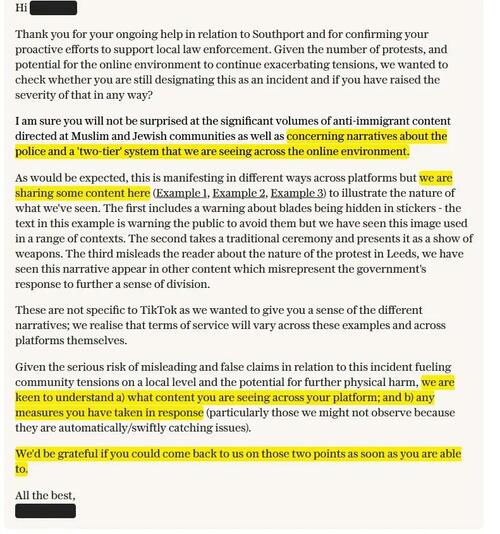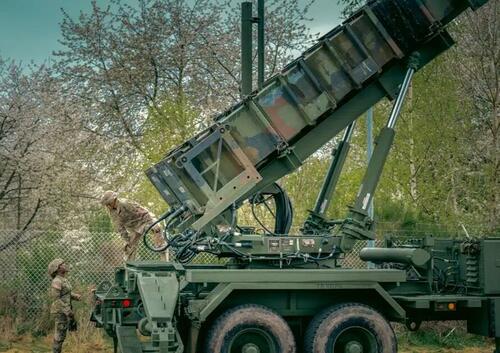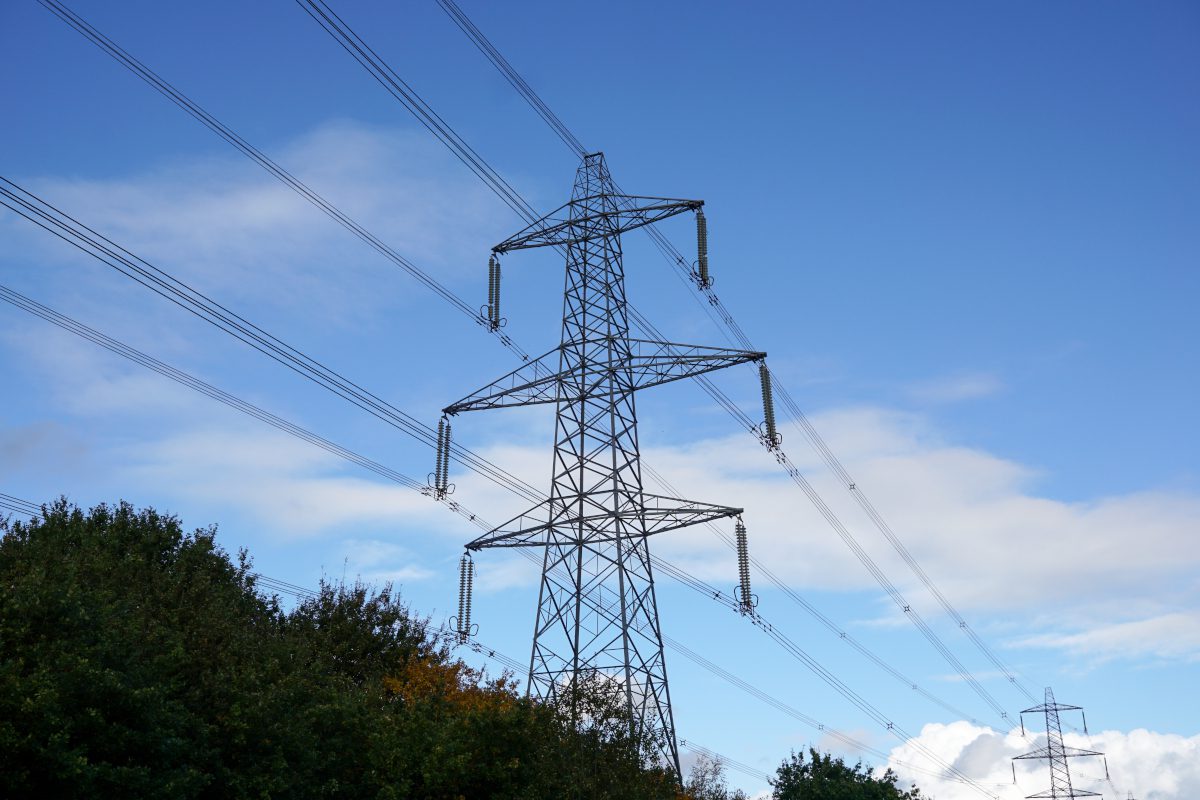Up to three-quarters of the UK and Ireland’s electricity distribution networks may be operating below capacity, according to new analysis, raising questions about whether existing infrastructure could be used to ease the growing queue of renewable projects waiting to connect to the grid.
The study, based on digital modelling and physics-enabled AI, found that three quarters of the UK and Ireland’s energy distribution networks could be operating below capacity. This presents an opportunity to strengthen the nations’ energy markets, and suggests the presence of an immediate solution to alleviate bottlenecks, while long-term projects to address the need for new infrastructure are realised.
The insights could have a bearing on efforts to keep pace with the rapid electrification of the UK and Ireland’s economies, as well as cutting the grid connection queue, where 765GW worth of energy projects – many of them from renewable sources – are currently waiting to connect.
The study comes from critical infrastructure specialists Neara, who carried out in-depth digital line rating studies across sections of the UK and Ireland’s energy grids. This involved developing physics-enabled AI models of the nations’ distribution networks, before stress testing them to see how they responded to higher volumes of energy flowing through the lines.
To protect the public and prevent disruption to the energy grid, utilities establish a Maximum Operating Temperature for their assets, to be imposed across their networks. This Maximum Operating Temperature (MOT) is the highest temperature a power line or component can safely reach before thermal expansion causes it to sag below safe clearance limits. To mitigate risk, these restrictions are typically based on conservative assumptions, establishing blanket standards calibrated to suit most sections of the network. While there is some variation depending on the operator, type of asset and environmental surroundings, MOTs across the UK & Ireland’s distribution networks typically range from 50-70°C. However, these traditionally conservative estimates mean infrastructure which could handle higher currents goes under-utilised.
The digital modelling from Neara found that large areas of these networks could safely carry more electricity than existing MOT limits allow. The results showed:
On average, 74% of the UK and Ireland’s distribution networks are underutilised at their current MOT, meaning the vast majority of power lines could safely carry more electricity than they currently do
When tested at temperatures of 85°C, the majority of cables (64%) were found to be underutilised
Across some areas, the analysis revealed that up to 93% of the network could currently be running below capacity
Previous studies suggest that increasing MOT by as little as 15°C has the potential to double network capacity
Using data collected via LiDAR, combined with detailed engineering standards and asset-level insights, Neara’s platform assessed the potential clearance violations and physical bottlenecks affecting Medium Voltage (MV) spans across the UK and Ireland’s energy distribution networks. They then simulated the effect of running power lines at higher temperatures, to ascertain the point at which a violation may occur. To account for the variation in existing MOTs across regions, all power lines were tested at 50°C, 70°C and 85°C.
These tests indicate how much of the network is being underutilised at each temperature, and thus give a sense of the amount of extra power that could be transported across each section of the network without incurring safety issues.
Taco Engelaar, Neara’s Senior Vice President and Managing Director, said the findings “signal a huge opportunity to make rapid progress in the race to Net Zero.”
“With such vast amounts of clean energy languishing in the grid queue and the ever-increasing demand for electricity, the UK and Ireland must urgently take action to boost capacity in their energy grids. While a certain level of new infrastructure will inevitably be required to achieve this, we know these projects can be costly, time-consuming and often unpopular with the public. By extracting more from existing assets, we can speed up connections, delivering more clean energy at a fraction of the cost and with minimal disruption.”
The findings could also assist the UK and Ireland’s efforts to reach clean energy goals by 2030, said Neara. Due to a perceived lack of capacity in the UK’s energy grid, there is currently a queue of new projects, including a range of solar and wind sources, waiting to be connected. By unlocking latent capacity in the existing network, some of our national energy demands could be met without the need for new infrastructure.
The findings echo to some extent a previous study by the group, conducted in Australia in partnership with utility Essential Energy, a network which serves 900,000 customers and comprises 83,612 km of power lines and 1.4 million poles. During that analysis, Neara found that the true safe limit for certain parts of its energy network was twice as high as previously thought.
Taco Engelaar, Neara’s Senior Vice President and Managing Director, said:
“One of the greatest challenges facing utilities when it comes to boosting capacity has always been a lack of data. Without having granular, span-by-span insights into the nature of their networks, decision-makers are forced to implement arbitrary restrictions which prevent the grid from operating at its full potential and leave huge sections of our infrastructure cautiously underused.
“By implementing physics-enabled AI and digital line rating tools, we can overcome these challenges, allowing utilities to build a comprehensive picture of their networks, identifying bottlenecks and pinpointing areas where capacity can be safely increased. As the pace of electrification continues to demand more and more from our energy grid, these solutions could also help utilities to forecast where additional capacity might be unlocked in the future.”











